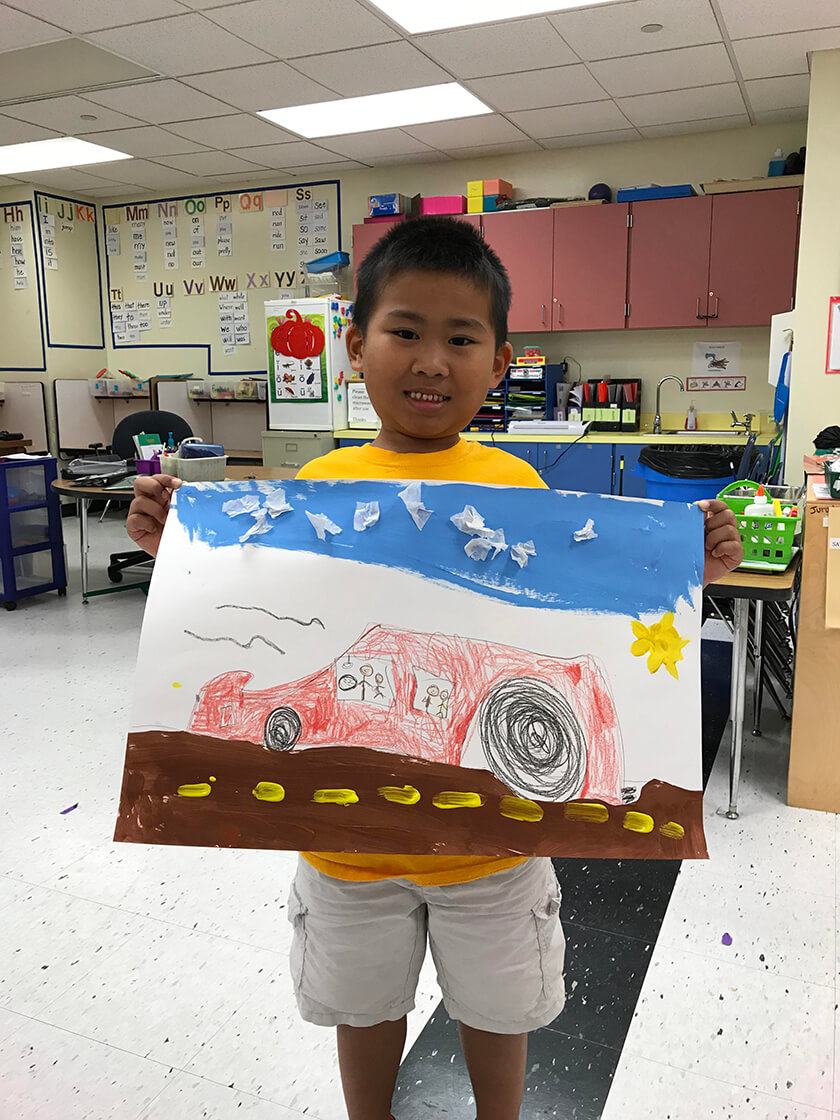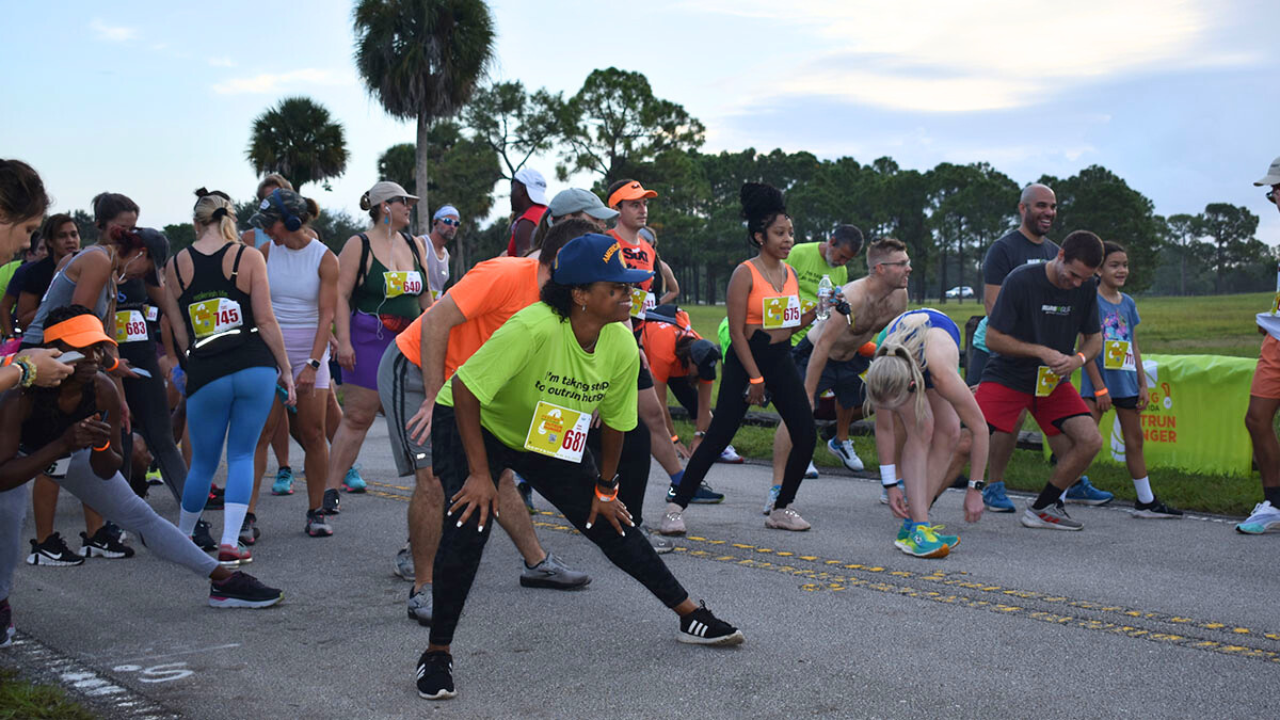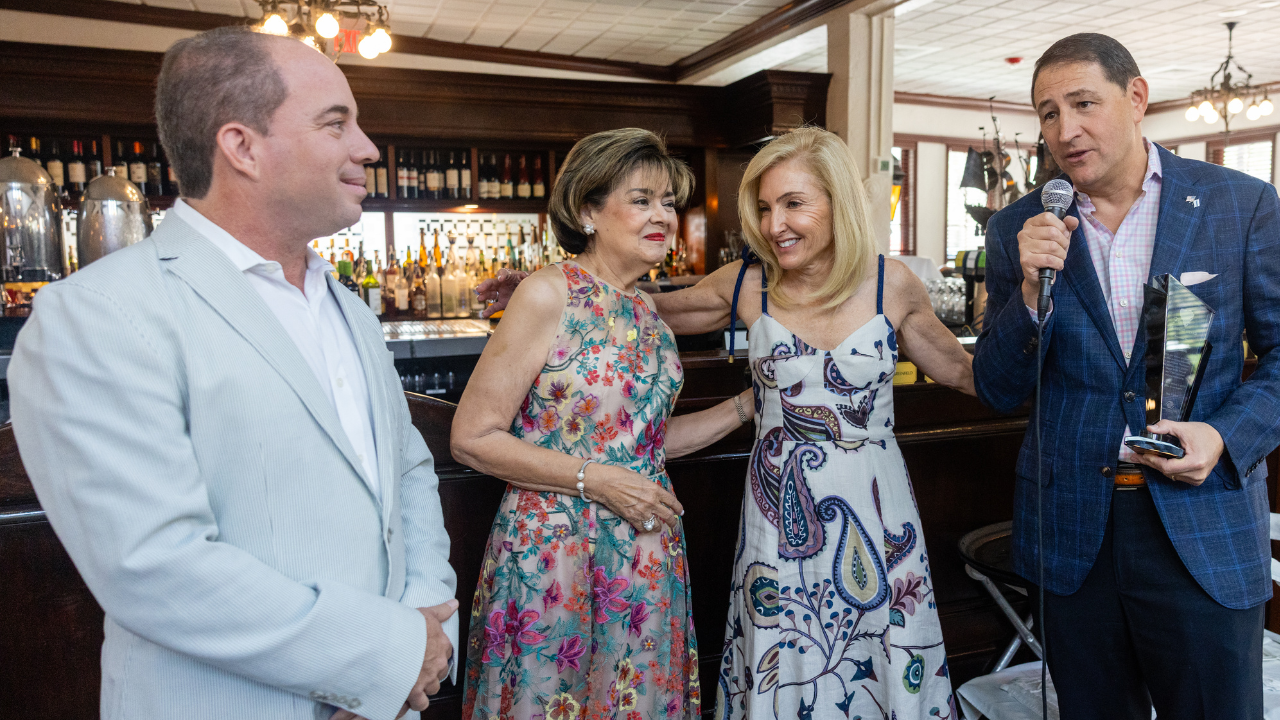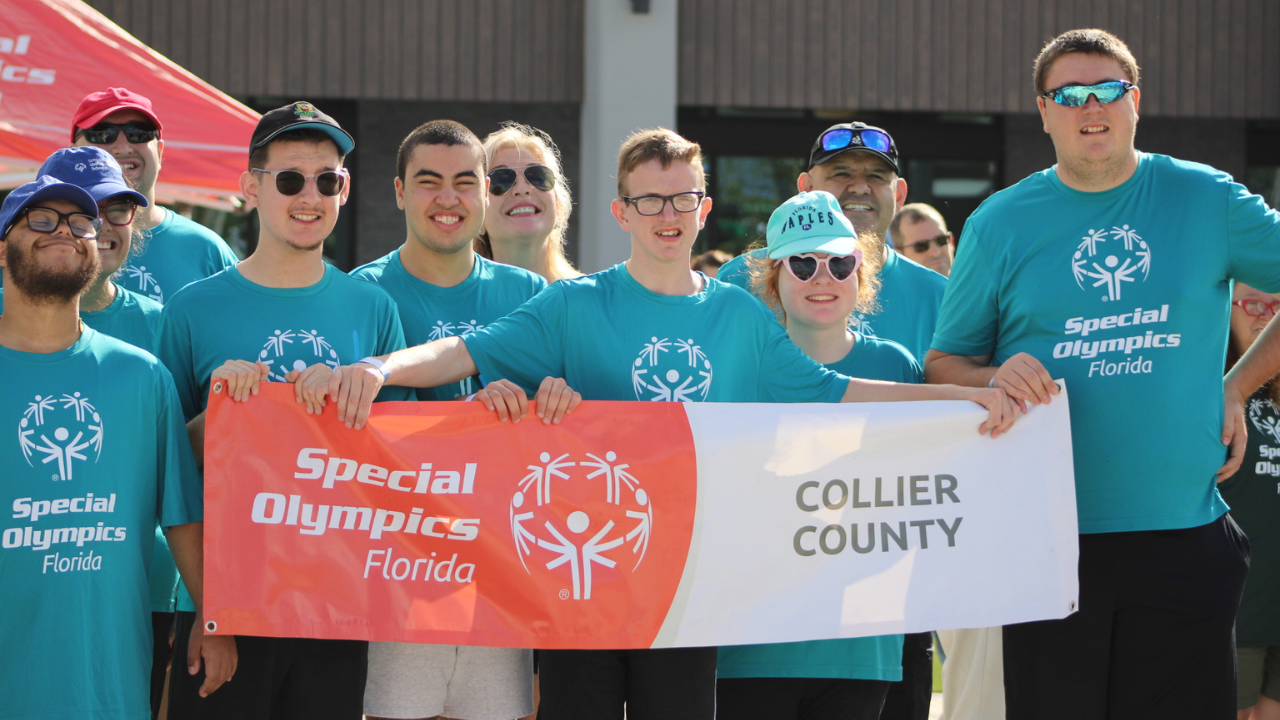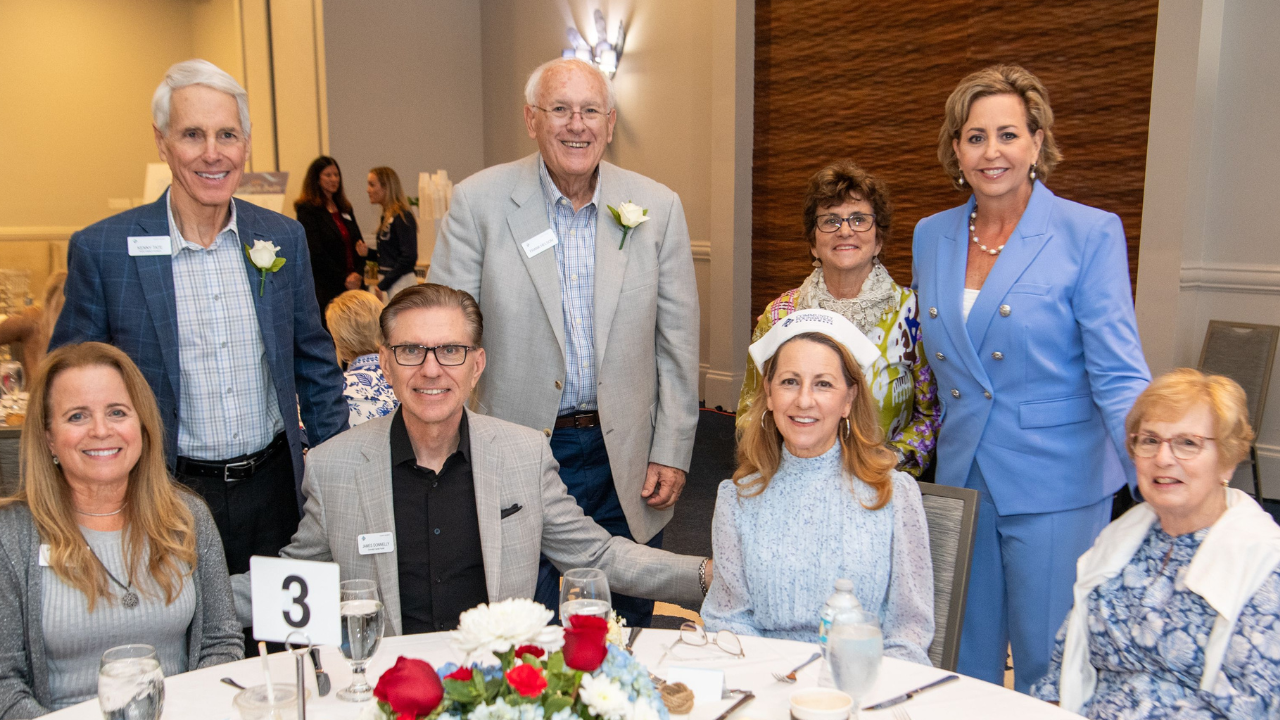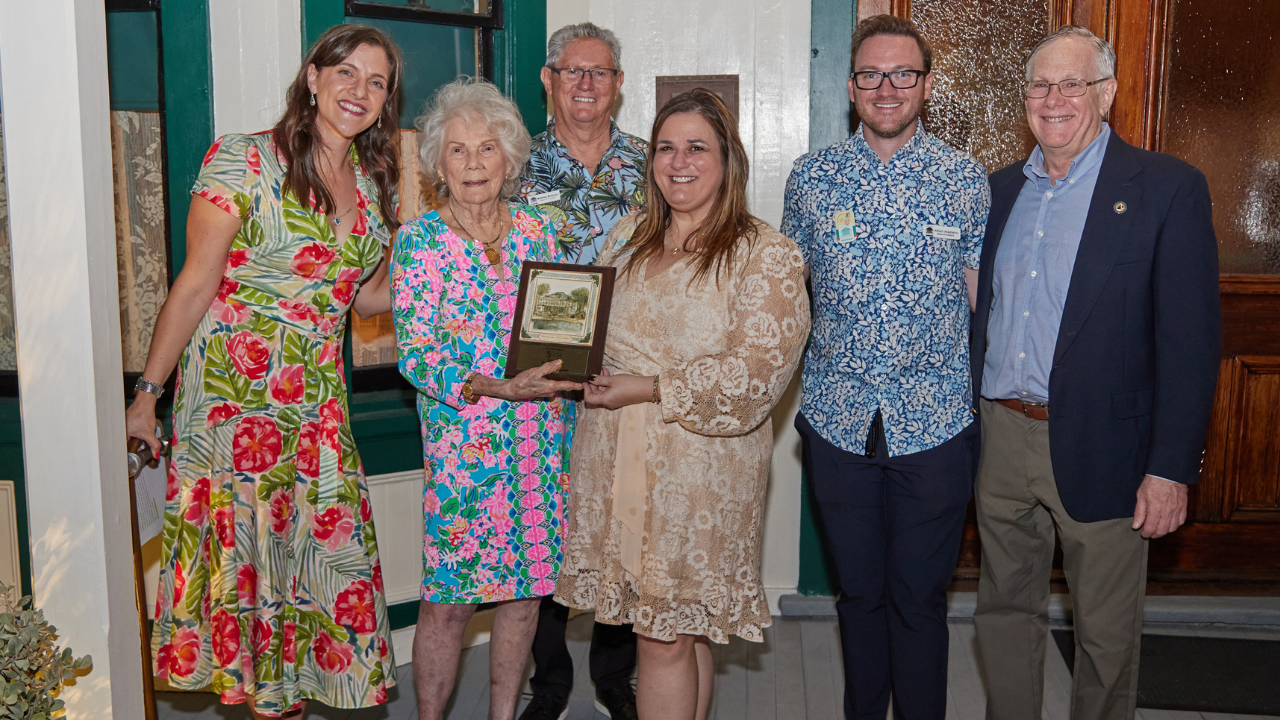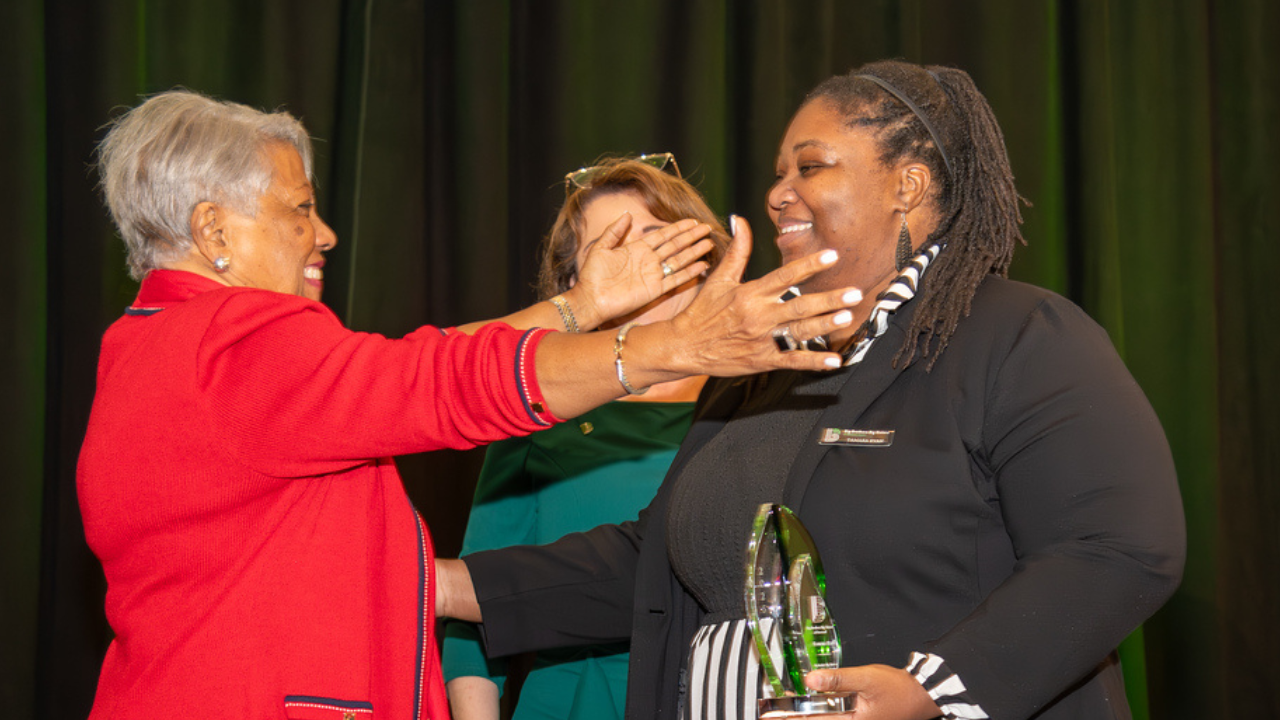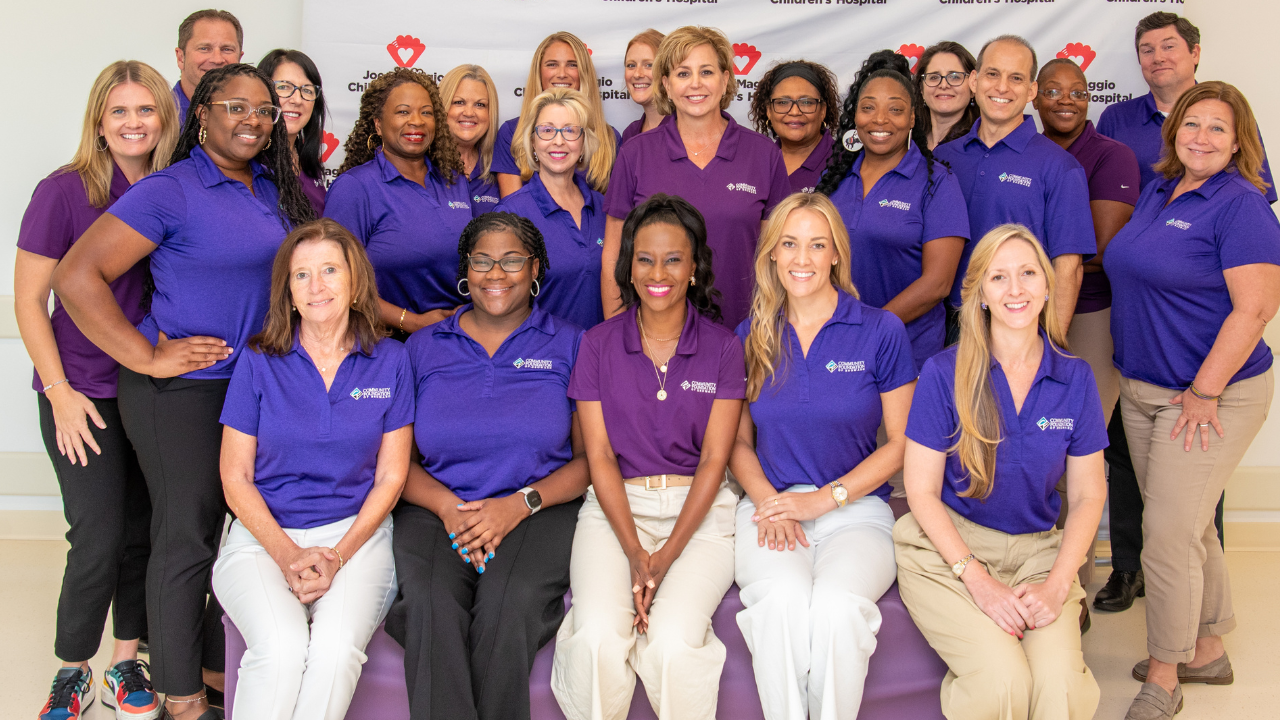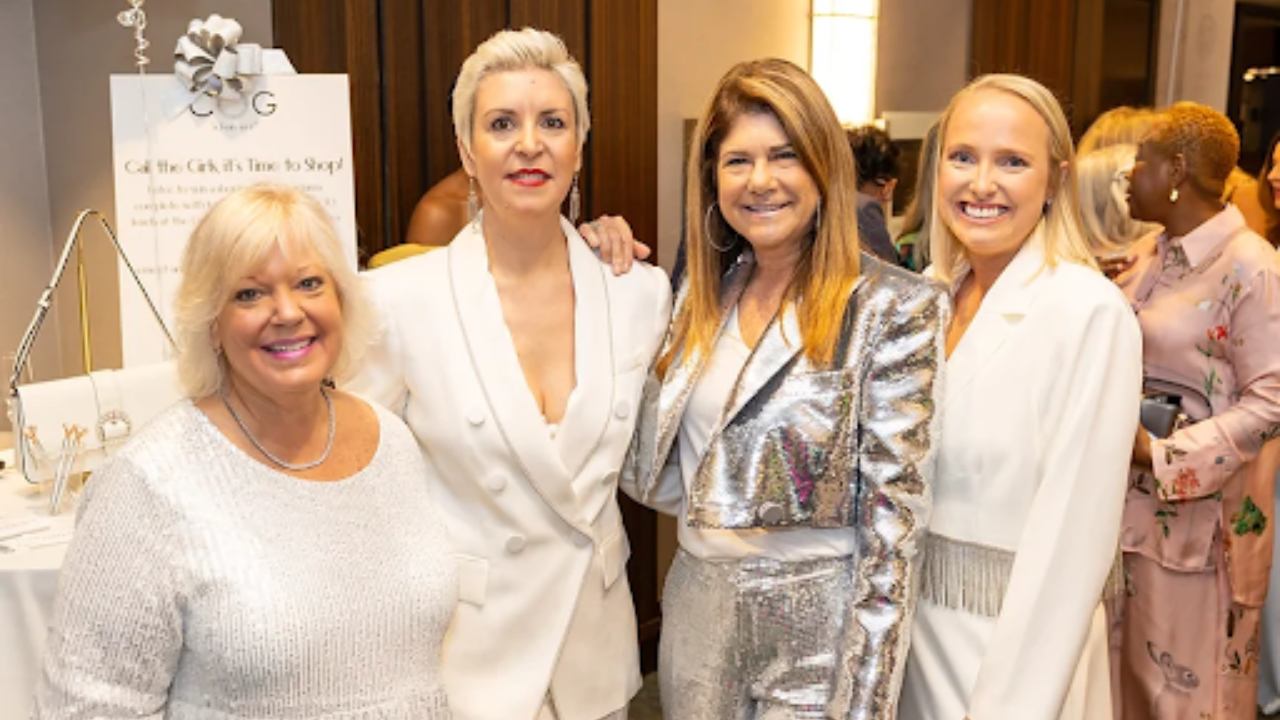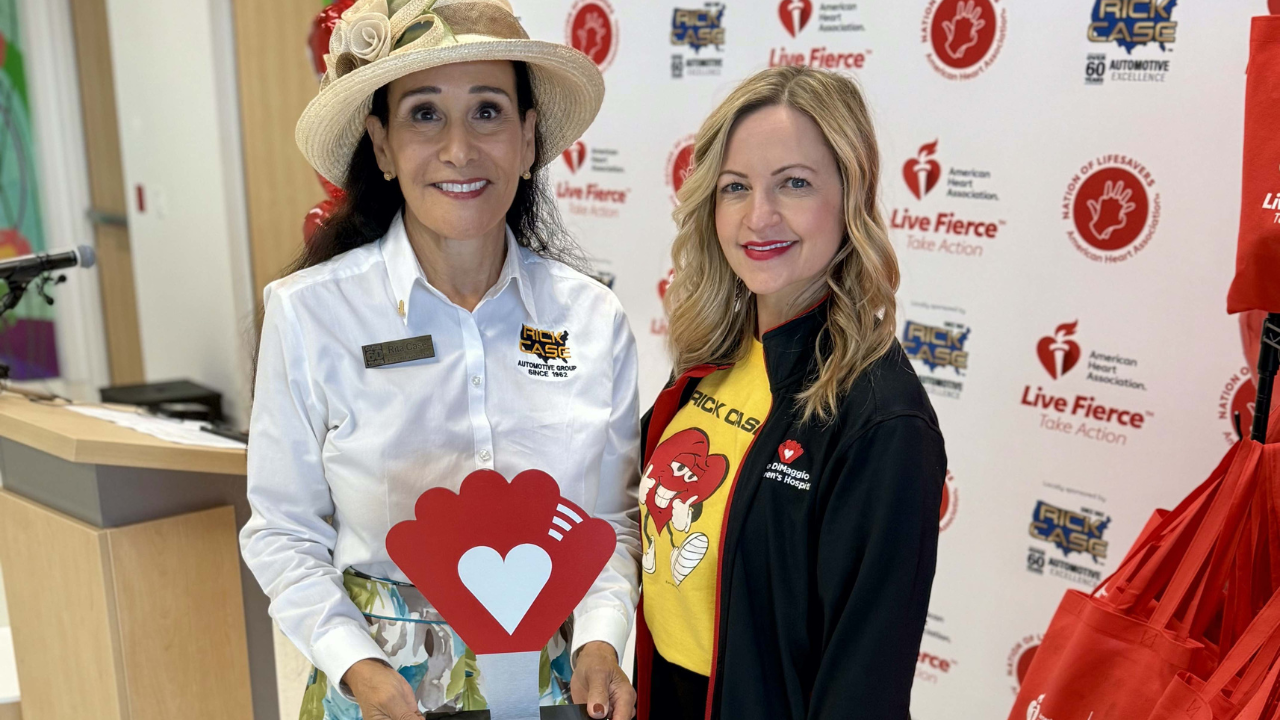When Erika Valbuena first told her students that they would be part of Coconut Creek’s first art show for students with special needs, many of them couldn’t contain their excitement, asking her every day when they could start on their creations.
As the autism coach at Tradewinds Elementary School, Valbuena always looks for ways to highlight her autistic students. For the Coconut Creek resident, the Special Needs Art Show will help do just that.
“Even our most nonverbal child is able to express themselves—either by their communication device or by using [a symbol] system,” Valbuena says, adding that other children from the exceptional student education program at Tradewinds will participate in the show as well. “The talent is there—it’s just trying to help them put their gift out on the canvas.”
The idea for an art show catering to special-needs students came from Angela Alvarez, a former recreational therapy specialist at the city. When she saw the city’s annual art show displaying the work of local students, she thought that a similar show for special-needs students would shine a positive light on their talents. The art show comes on the heels of larger projects, including the opening of a therapeutic butterfly garden.
The show will include work from special-needs students from Coconut Creek’s elementary schools. Recreational therapy specialist Monica Cummings hopes to expand the show next year to include middle schools as well.
“I know it’s going to bring a lot of people from the community who haven’t been here … and introduce them to something new they can be a part of,” Cummings says.
Cummings sees the art show as another way to work toward inclusion and to educate the community on therapeutic recreation and its benefits for children and adults with special needs, including autism, Down syndrome, cerebral palsy, mental illnesses such as schizophrenia and bipolarism, developmental delays, spina bifida, and those who are sensory sensitive.
The city program started in 2015 and serves those of all ages (the youngest student is 3; the oldest 56). The classes help students relax and make them more independent.
“We’re not only working on social interaction but we’re also working on their gross and motor skills,” Cummings says of the classes, which include painting, technology, dance and music.
As Cummings and Alvarez have seen the program grow, they are eager to see events such as the art show increase awareness of how recreational therapy changes lives. A young girl who attended Cummings’ five-week “Move and Groove” class increased her mobility throughout the class and was able to use a walker instead of a wheelchair at the end of the course.
“That’s where I get my joy and happiness—seeing that progress and that success,” Cummings says. “Seeing how when she first came, it was a struggle to do some things, but, by the end, she was excited and wanted [to do more].”
For now, Cummings is excited to introduce the first Special Needs Art Show, a feeling Valbuena shares.
“I want the community to see how fantastically awesome they are. I want the parents to sit there and cry and be so proud of their child,” Valbuena says. “This is what I do my job for.”


